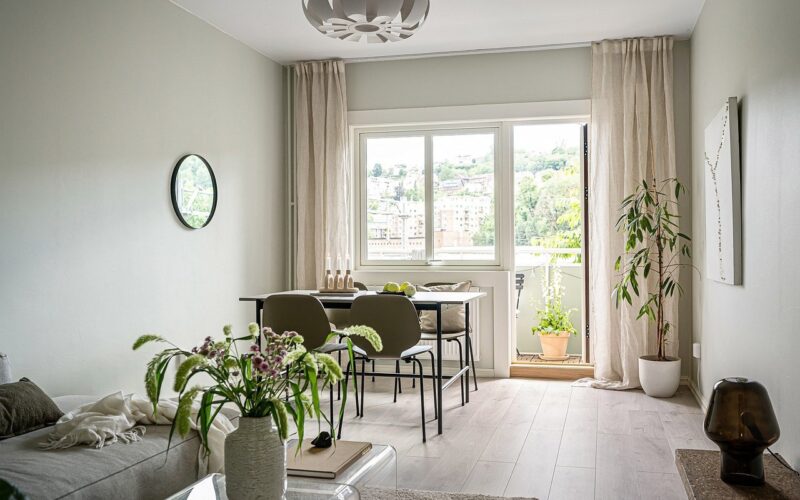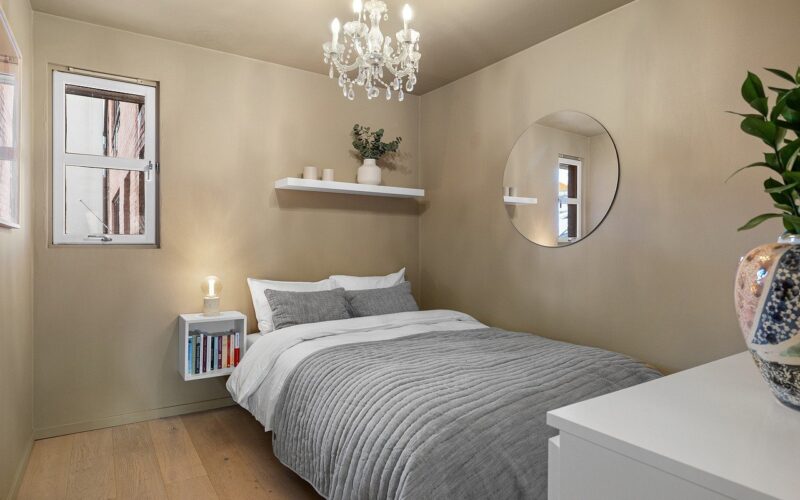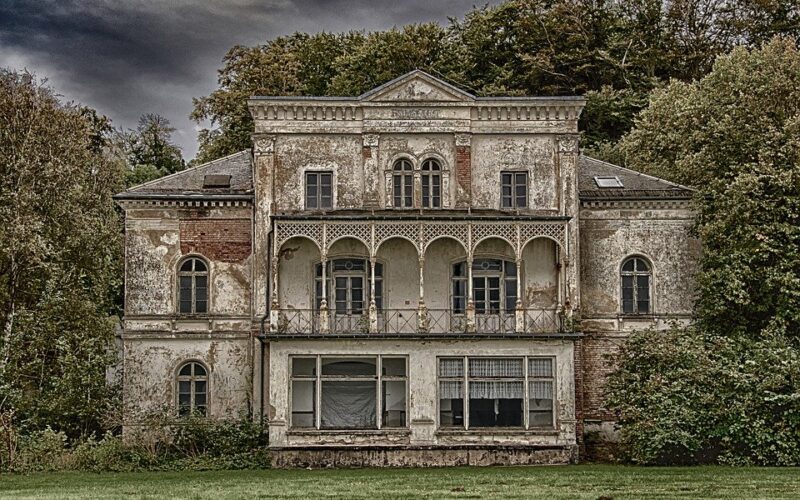In the heart of the city, a trend is unfolding that's shaping the future of urban living. Developers are on a spree, buying up tracts of land and transforming them into residential areas that promise convenience and modernity.
Why developers are focusing on apartments
The demand for living spaces that offer proximity to work, amenities, and city life is soaring, and developers are listening. The increasing population in urban areas, coupled with a generational transition towards renting over home-buying, has made apartment construction a lucrative investment. Developers are seizing the opportunity to cater to this rising demand by designing apartments that provide a blend of luxury and functionality. The race towards vertical living is also fuelled by the escalating cost of land in city centres, compelling developers to maximise the utility of every square foot.
The economic reality driving the trend
At first glance, this surge in apartment development might seem like a business response to housing shortages, but it's as much about economics as it is about accommodation. The potential return on investment from apartments, particularly in prime locations, is considerable. When developers purchase land, they're not just buying the ground - they're essentially acquiring the air space that allows them to build upwards. This not only maximises their profit potentials but also aligns with the urban planning initiatives of many city councils that encourage denser, more efficient land use to combat urban sprawl.
How this affects the community
Inherently, changing the landscape from single-family homes to apartments affects the local community. There are obvious benefits, such as more living options, revitalisation of areas that may have been neglected, and even a boost to the local economy thanks to construction jobs and increased commerce. However, there's a flip side; some argue that it can lead to the loss of historical neighbourhoods, a strain on infrastructure, and a potential increase in cost of living. Ensuring that these developments are inclusive and considerate of long-term residents is a battleground for city planners and community groups alike.
The shift in living preferences
The apartment boom isn't solely developer-driven; it’s reflective of a broader shift in living preferences. Many people—millennials, in particular—are prioritising location over square footage, choosing to live in smaller spaces that are closer to the amenities of urban life. The allure of shared spaces, such as communal gardens, gyms, and rooftops, and the flexibility of leasehold agreements, is reshaping perceptions of the traditional home. Apartments offer a sense of community and convenience that is increasingly valued in our fast-paced society.
Environmental considerations
Developers are also increasingly aware of the environmental implications of construction and are incorporating green technologies and sustainable practices into their projects. They are looking into energy-efficient designs, sustainable materials, and waste-reducing construction methods. Apartment buildings are considered more energy-efficient by design due to shared walls and centralised systems. This not only helps reduce the carbon footprint but also positions the developers favourably in a market that is becoming progressively environmentally conscious.
Looking towards the future
The trend of converting land into apartment complexes is a multifaceted development, expected to continue as long as the demand for urban living spaces persists. City landscapes will evolve, and the flow-on effects to communities, economies, and environments will be significant. This trend represents a paradigm shift, a reimagining of not just our living spaces but also our lifestyles. For developers, it's an investment in the future—a future where cities are denser, communities are more interconnected, and the places we call 'home' are fundamentally changing.
The trend of developing apartments has its benefits and challenges, but it's clear that apartments are becoming a staple of the urban environment. Their development requires a careful balance of profit, community needs, and environmental sustainability to ensure that this transformation enhances rather than detracts from the quality of urban life.











